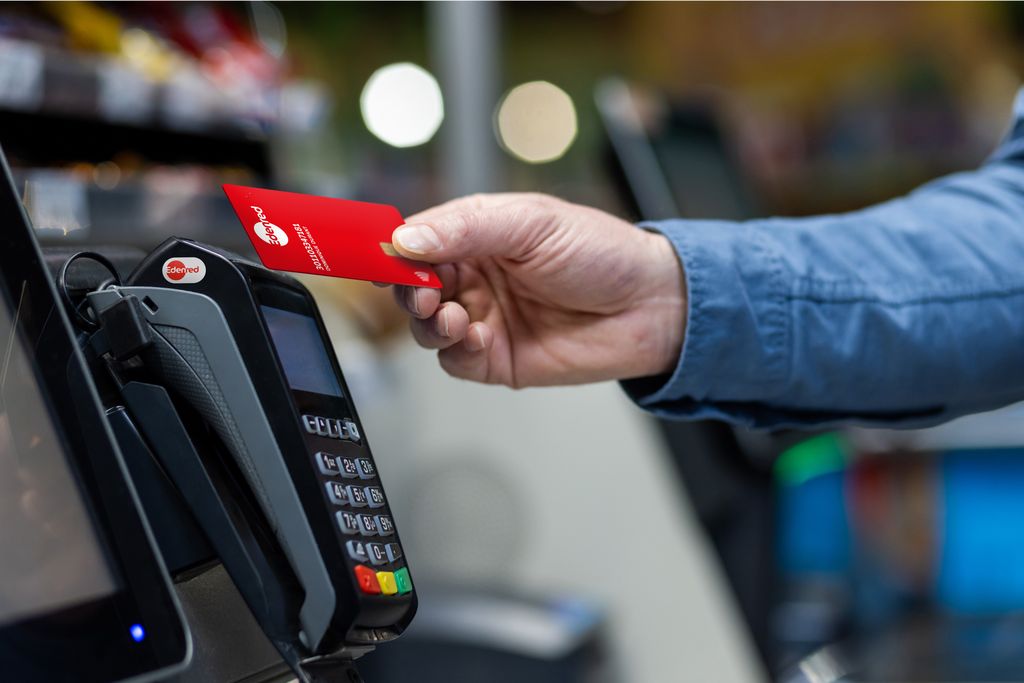Learning to read your colleagues

The first employer in the world to have used personality tests is… the American army. During World War I, they wanted to predict which soldiers would suffer from what we now call post-traumatic stress disorder.
But the first test that truly impacted the working world is the Myers-Briggs Type Indicator (MBTI). It was created in 1917 when Katharine Briggs wanted to understand the inexplicable attraction between her daughter and her future son-in-law, Clarence Meyers. She worked for 20 years with them to develop this test, drawing inspiration from the work of psychiatrist Jung. Tens of millions of people have taken this test since then. It is still in use today, amid a significantly expanded offering.
What’s Your Color?
Is your colleague more blue, red, or green? Have you never asked yourself this question? Now is the time to answer! Among all the models that exist to define personalities, there’s one that uses colors and has been quite successful for the past two years: ComColors. The basic idea is simple. We are defined according to 6 different modes of functioning represented by 6 primary colors. The analysis focuses on three different and complementary angles: the individual, their relationship with others, and their place in a group, particularly at work. A questionnaire determines the dominant color.
- Yellow
Applies to spontaneous, playful, and quirky personalities. Yellow is drawn to novelty, discovery, and creation.
- Purple
Applies to a reliable, trustworthy person. This personality is conventional, conscientious, attached to traditions and values, and expert yet wary. It communicates with others through the prism of its own opinion and needs meaning in what it does.
- Blue
Applies to a logical, competent, and structured person. A “blue” personality needs recognition for its skills. When faced with a problem, it takes a factual approach and analyzes to find the logic behind things. It structures its thoughts before sharing them.
- Orange
Applies to a warm, friendly, and devoted person. Orange personalities are attentive to their feelings. They love care, connection, and being appreciated for who they are rather than what they do. Often, the orange profile will hesitate to say “no” in order to ensure they are continually liked. The orange personality tends to avoid conflict.
- Green
Applies to a thoughtful, calm, and reserved person. Green needs to distance themselves from things calmly in order to integrate them. They are not afraid of isolating themselves to take time and recharge. Independent, reserved, distant, thoughtful, and introspective, the green personality communicates little with others and spends more time reflecting than acting.
- Red
Applies to an energetic, enterprising person. This personality is driven by action and needs to act to understand a problem. They love challenges and are more sensitive to concrete actions than lengthy speeches. They are also chameleons: they can adapt their behavior and actions based on their interlocutors and the opportunities that arise.
What’s interesting about this model is how it is used. It allows for the selection of different colors to choose profiles likely to get along well and create a strong and constructive group dynamic.
The Types of Personalities at Work
Sometimes we talk about 4 distinct profiles, sometimes 6, 10, or even 16. The number actually matters little. What’s important is understanding those around us and learning to coexist with them.
At Edenred, we’ve decided to retain 5 profiles that seem essential for progressing smoothly and effectively.
- The Worker
This is the person who will “work hard” without looking at the clock. They meet deadlines, have lists with to-dos that they execute in order. If they don’t understand something, they ask questions. Their goal is for the “mission to be accomplished.” They are a valuable team member who has no issue collaborating.
- The Creative
The creative can speak at length or conversely retreat to a den to “change the world.” This profile is particularly interesting as they fight against the attitude of “we’ve always done it this way, why change?” The creative is not afraid to be disruptive and bring another perspective to how work is done.
- The Communicator
Just like a relay race in athletics needs a baton, our communicator is responsible for passing information from one person to another, from one department to another. They also help circulate information vertically and horizontally.
- The Conductor
This is the person who can coordinate all the talents to ensure that the symphony is as harmonious as possible. They set the tempo and make sure everyone follows the rhythm.
- The Visionary
In any group, there is always someone who “sees” where to go. This is the person who has the initial idea and will convince others of the path to take. Think of Steve Jobs.
Become a balancing HR manager
Faced with all these possible profiles, it is essential to find the right balance. This is quite complicated. Some HRs conduct personality tests during job interviews, while others do so after a few months of work. There’s no ideal practice, but here are some tips that can be followed.
The first role of HR is to quickly identify the strengths present. This allows for the rebalancing of a team if necessary. The second is to spot any potential gaps within teams and fill this “hole.” The third is to frequently reassess the roles and profiles of everyone. We are all evolving, and therefore our profiles can change with age or experience.
Take the test
And you, what is your personality type? We’ve selected some websites and platforms for you, and the good news is that they are 100% free.
Our selection in English:
- https://www.personality-quizzes.com/big-five/?gad_source=1
- https://www.16personalities.com/free-personality-test
- https://www.humanmetrics.com/personality/test
And in French:
- https://www.16personalities.com/fr
- https://fr.test2.thepersonalitylab.org/trad
The limits of tests
It’s important to emphasize that tests should be taken for what they are: a supporting tool. They are not a conclusion to the recruitment process but the beginning of a discussion between employer and employee. Additionally, there are limits to tests of all types. The first is that some terms used in tests may be understood differently by different people, creating sources of misunderstanding. Furthermore, it is not uncommon for candidates to respond with what they think they should answer instead of what they would answer if completely transparent. Finally, the results reflect only the candidate’s personality at the moment they take the test.
Statistic: 500 million
This is the estimate given by Harvard Business Review for the personality testing market in 2021. The annual growth rate is 10 to 15%.
Did you know ?
- News16 December, 2025All you need to know when spending your Edenred vouchers at Auchan!

- News15 December, 2025Why is there a daily cap on meal vouchers in Luxembourg?

- News10 December, 2025Volunteering: the collective in service of the common good
